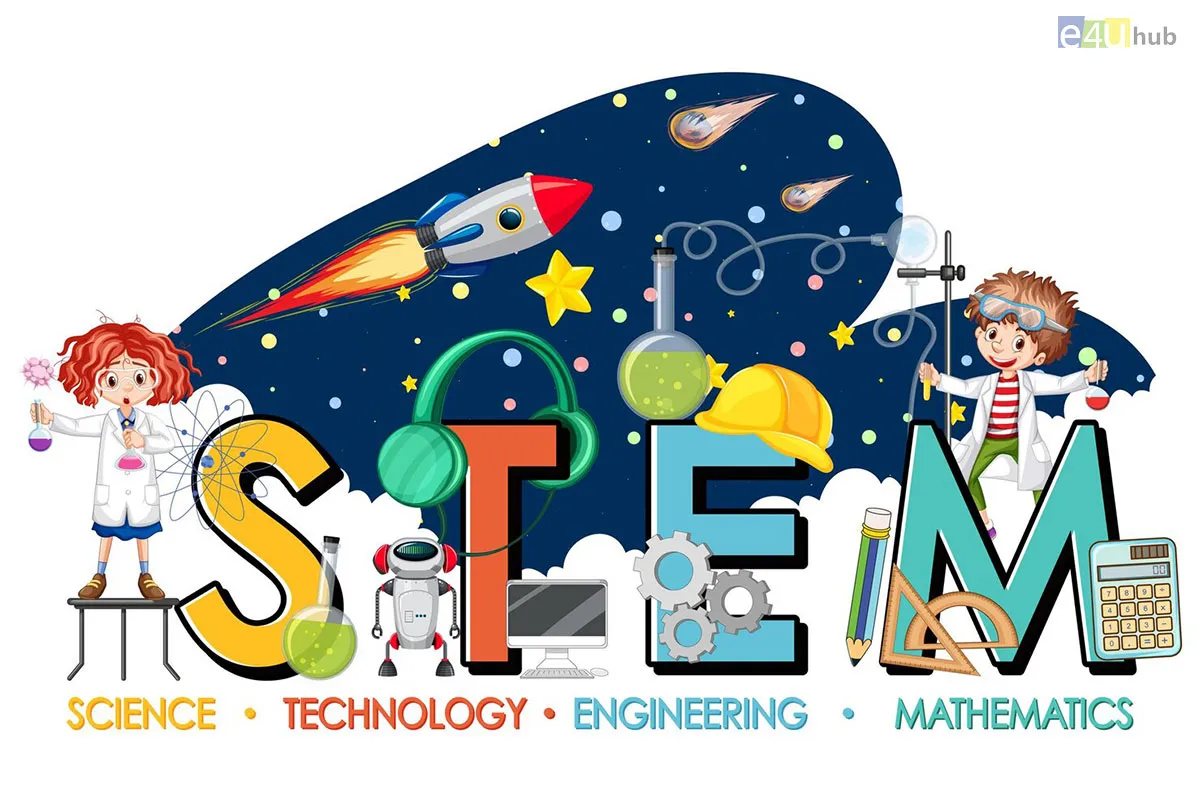
Understanding Different Types of Loans: A Beginner's Guide
- 10 Jan, 2025
- Education
- 515 Views
- 0 Comments
Loans are a common financial tool individuals and businesses use to cover expenses or invest in future opportunities. However, with so many types of loans available, navigating the options can be overwhelming, especially for those new to borrowing. Whether you're looking to buy a home, fund an education, or start a business, understanding the different types of loans and their purposes can help you make informed decisions. In this beginner's guide, we'll break down the most common loan types and provide clarity on how they work.
1. Personal Loans
Personal loans are unsecured loans, meaning they do not require collateral like a car or house. They are typically used for general purposes, such as consolidating debt, covering medical expenses, or financing a large purchase. Personal loans are offered by banks, credit unions, and online lenders, and they can have fixed or variable interest rates.
a. Pros: Flexible use, no collateral required, fixed monthly payments
b. Cons: Higher interest rates compared to secured loans, especially for those with lower credit scores
2. Mortgage Loans
A mortgage loan is used to purchase a home or property. The property itself serves as collateral for the loan. Mortgages can be obtained through banks, credit unions, or specialized mortgage lenders. There are several types of mortgage loans, with the most common being:
a. Fixed-Rate Mortgages: The interest rate remains the same for the entire loan term, typically 15 to 30 years. This provides predictable monthly payments.
b. Adjustable-Rate Mortgages (ARMs): The interest rate can fluctuate over time based on market conditions. ARMs often start with a lower rate but can increase, leading to higher monthly payments in the future.
c. FHA Loans: These are government-backed loans designed for first-time homebuyers or those with lower credit scores. They often require a smaller down payment than conventional loans.
d. VA Loans: Available to veterans, active-duty military personnel, and their families, VA loans often require no down payment and offer competitive interest rates.
e. Pros: Low interest rates, tax benefits, potential to build equity
f. Cons: Requires a down payment, lengthy approval process, risk of foreclosure if you default
3. Student Loans
Student loans are designed to help students pay for their education expenses, including tuition, books, and living costs. These loans can be federal (backed by the government) or private (offered by banks or other lenders). Federal student loans often have lower interest rates and more flexible repayment options.
a. Federal Student Loans: These include Direct Subsidized Loans (for undergraduate students with financial need), Direct Unsubsidized Loans (available to all students), and Direct PLUS Loans (for graduate students or parents of dependent students).
b. Private Student Loans: These loans are offered by private lenders and usually have higher interest rates than federal loans. They may also require a cosigner for approval.
c. Pros: Lower interest rates (for federal loans), various repayment options, deferment or forbearance options in case of financial hardship
d. Cons: Repayment can last decades, and interest accrues even while you're in school for some types of loans
4. Auto Loans
a. Auto loans are secured loans used to purchase a vehicle. The vehicle itself serves as collateral for the loan, which means the lender can repossess the car if you fail to make payments. b. Auto loans are available from banks, credit unions, and car dealerships.
c. Pros: Lower interest rates compared to unsecured loans, predictable monthly payments
d. Cons: Risk of losing the car if you default, loans can extend for several years, which may result in paying more interest over time
5. Credit Cards
While technically not a loan, credit cards are a form of revolving credit that allows you to borrow money up to a certain limit. If you carry a balance from month to month, you'll be charged interest. Credit cards are a convenient way to make purchases and build credit, but if not managed wisely, they can lead to high-interest debt.
a. Pros: Flexibility, rewards, build credit history
b. Cons: High interest rates, potential for overspending, and accruing debt
6. Home Equity Loans and Home Equity Lines of Credit (HELOCs)
These loans allow homeowners to borrow against the equity in their homes, which is the difference between the home's current value and the remaining mortgage balance.
a. Home Equity Loans: These are lump-sum loans with fixed interest rates, typically used for large expenses like home renovations or debt consolidation.
b. HELOCs: A HELOC is a revolving line of credit that works similarly to a credit card. You can borrow and repay money as needed, but the interest rates are often variable.
c. Pros: Lower interest rates, tax-deductible interest (for certain uses like home improvements), flexible borrowing options
d. Cons: Risk of foreclosure if you default, home value fluctuations could impact available credit
7. Payday Loans
Payday loans are short-term, high-interest loans typically used by individuals who need quick access to cash before their next payday. These loans are often advertised as a way to bridge financial gaps, but they come with steep fees and interest rates, making them a risky option for borrowers.
a. Pros: Fast access to cash
b. Cons: Extremely high interest rates, and short repayment terms, can lead to a cycle of debt
8. Business Loans
Business loans are designed to help entrepreneurs and business owners fund their operations, whether it's for purchasing equipment, expanding inventory, or covering operating expenses. Business loans can be secured or unsecured and come in many forms, including:
a. SBA Loans: These are government-backed loans aimed at helping small businesses access financing.
b. Term Loans: Traditional loans with a fixed repayment schedule.
c. Lines of Credit: Flexible credit that allows business owners to borrow money as needed.
d. Pros: Access to capital for business growth, various loan structures
e. Cons: Can be difficult to qualify for, especially for startups; may require collateral
9. Final Thoughts
Choosing the right loan depends on your financial situation, goals, and ability to repay. It’s important to thoroughly research your options, compare interest rates, and understand the terms before committing. Loans can be a valuable tool for managing your finances, but they also come with responsibilities. By gaining a better understanding of the different types of loans available, you can make smarter financial decisions and avoid unnecessary debt.















Leave a Reply